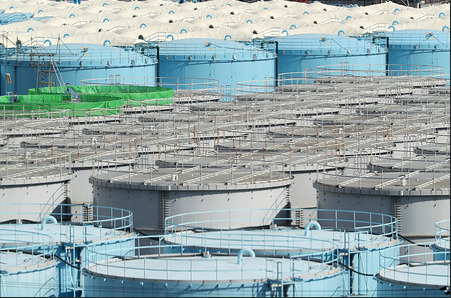January 13th. The nuclear sewage storage facility of Japan’s Fukushima Daiichi Nuclear Power Plant is expected to reach its capacity limit in September 2022.
How to deal with nuclear sewage has always been a headache for the Japanese government. Japanese Prime Minister Yoshihide Suga said on the 12th that issues such as whether to add water storage tanks and sewage treatment policies need further discussion.
According to news from Japan’s “Hebei Xinbao” on the 13th, a reporter asked: “Whether to consider adding nuclear sewage storage tanks?” “When will the treatment policy be decided?” Yoshihide Suga replied that nuclear sewage is increasing every day, and the pressure on storage facilities is also increasing.
“If the policy is delayed, the follow-up work cannot be promoted.” But he didn’t talk about whether to add water storage tanks at all, and replied: “At the right time, the government will take the responsibility and set the handling policy. The government will also respond well to external discussions.”
Foreign media previously reported that the Fukushima nuclear power plant has produced an average of 170 tons of sewage per day since 2011. Tokyo Electric Power Company stated that sewage storage facilities are expected to reach their limits around September 2022.
The Japanese government planned to make a final decision on the treatment of nuclear sewage in late October 2020, that is, to gradually discharge nuclear sewage into the sea.
As soon as the news came out, it was immediately protested and condemned by fishermen in Japan, local people in Fukushima and the international community. At the end of the month, the Japanese government said it would not make a final decision.



